Genetic testing to find BRCA 1/2 mutation for detecting breast and ovarian cancer







NGenebio
Reagents
Detecting breast and ovarian cancer
BRCAaccuTest™ PLUS with CE-IVD certificate for HBOC Breast/Ovarian Cancer Test
Genetic testing to find BRCA 1/2 mutation for detecting breast and ovarian cancer
| BRCAaccuTest™ PLUS | ||
|---|---|---|
| Certification | CE-IVD | |
| Target Gene | Breast Cancer/Ovarian cancer HBOC (Hereditary breast and ovarian cancer syndrome) |
|
| Treatment-enhancing methods | Method of Amplicon | |
| Numbers | 12 (6+6) tests (1 tests for DNA control) |
24 tests (1 tests for DNA control) |
| Samples | Blood, FFPE, biopsy tissue | |
| Amount of DNA input | 10-30 ng | |
| Target Gene | BRCA1 / BRCA2 | |
| Target Area | 22.4 kb (all protein coding zones, joins, startup zones selected, UTR, intron regions) | |
| amplicon | 160 (2 pools) | |
| Timing | >5 hrs | |
| Variant | SNV, In, Del, Dup, CNV* | |
| NGS platform & reagent | illumina MiSeq, MiSeq Dx / MiSeq Reagent Nano, Micro kit, v2, 300cycles | |
| Throughput Sample | Germline (11) / Somatic (5) | Germline (23) |
| Analysis Solution | NGeneAnalySys™ (CE) | |
*CNV: Only ROU
Supplier
Ngenebio


EntroGen’s BRCA Complete™ Expanded Panel is a comprehensive NGS solution that detects both germline and somatic mutations in genes like BRCA1, BRCA2, CHEK2, PALB2, RAD51C, and TP53 with high sensitivity and specificity. Compatible with blood, fresh frozen, and FFPE samples, the panel reduces allele dropouts and off-target reads using a tiled amplicon PCR approach. It includes reagents for library preparation and user-friendly software for easy mutation identification, along with quality control assays to ensure high-quality data without repeat sequencing.
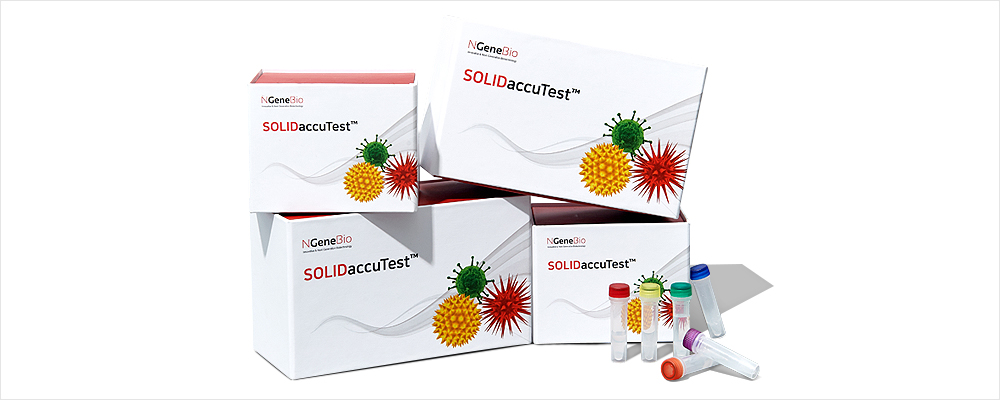

SOLIDaccuTest™ is an excellent tool for discovering variants associated with solid tumors using a comprehensive approach to next-generation sequencing (NGS). It reflects the latest research trends and is optimized for medical purposes by selecting essential genes of solid tumors including lung, colon, breast, skin brain, stomach and ovarian cancers, etc.


BRCAaccuTest™ & BRCAaccuTest™PLUS is a regent for producing libraries for
analyzing the BRCA ½ genes using the NGS (next-generation sequencing) method,
which analyzes genomic DNA derived from blood or FFPE tissues.
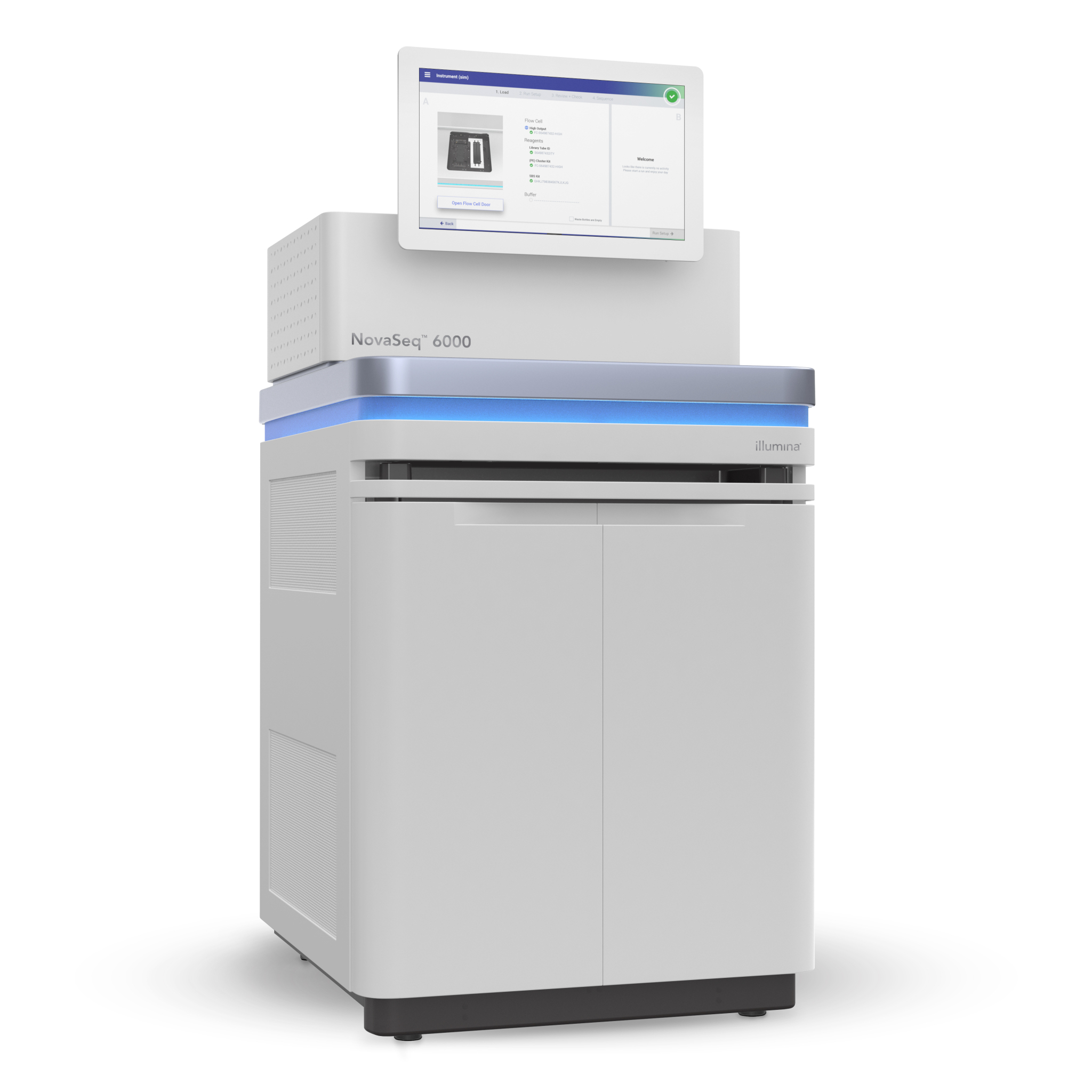

Model: NovaSeq 6000
Manufacturer: Illumina/USA
– Scalable platform
Match data output, time to results, and price per sample to study needs
– Flexible performance
Configure sequencing method, flow cell type, and read length to support a broad range of applications
– Streamlined operation
Increase lab efficiency with a simplified workflow and reduced hands-on time


Model: NextSeq 1000
Manufacturer: Illumina
Origin: Singapore/United States
Launching year: 01/2020
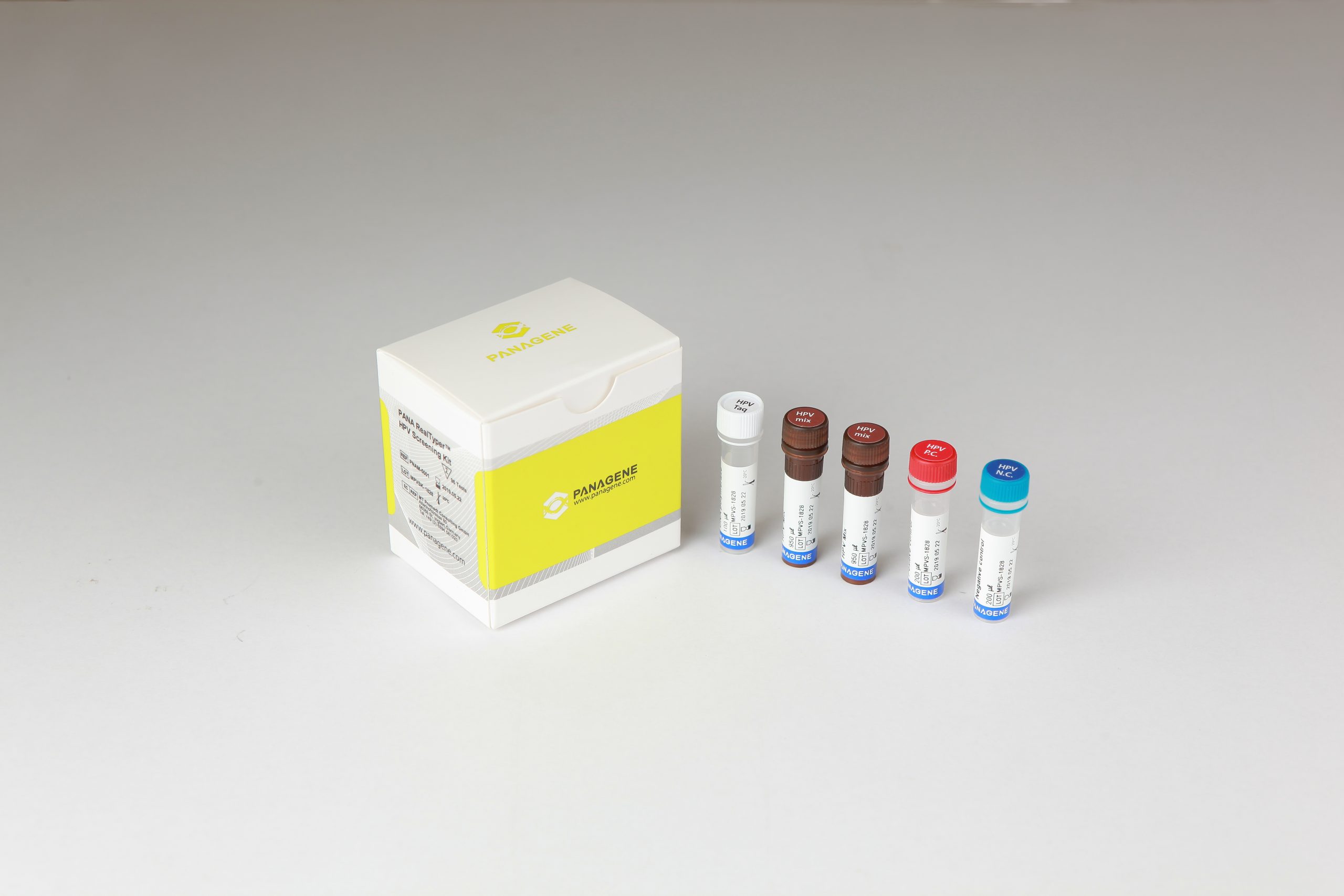

The PANA RealTyper™ HPV Screening Kit is a CE marked diagnostic device in accordance with the European Union in vitro Diagnostic Medical Device Directive 98/79/EC
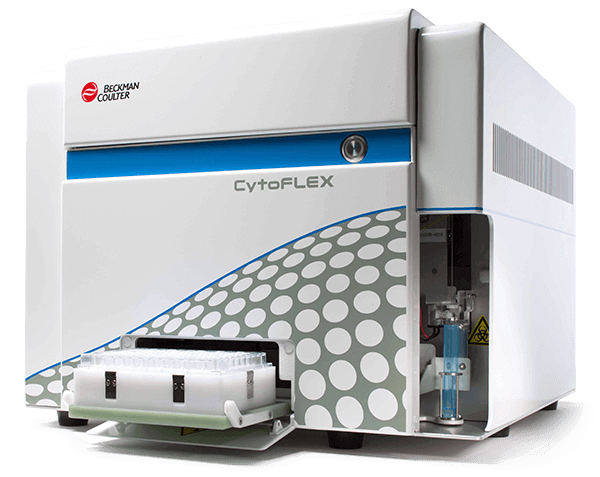

Model: CytoFLEX
Manufacturer: Beckman Coulter Life Sciences/ USA
The CytoFLEX Flow Cytometer is the most innovative flow cytometer system of Beckman Coulter. With compact design and high efficiency in work, CytoFlex provides and easy to use system with the impressive performance you need. Our system allows the researchers just focus on the science with no worry about instrument. Its superior sensitivity and resolution throughout all configurations give it the edge over other cytometry systems four times its size.
– Up to 3 lasers Violet-Blue-Red (V-B-R) and fully activated with 13 colors
– Ability to measure 100 nm particles with violet laser
– Includes 13 band pass filters: 450/45, 525/40 (2), 585/42, 610/20 (2), 660/10 (2), 690/50, 712/25, 780/60 (3)
– For higher throughput applications an optional plate loader module is available
– Smart software in acquisition and analysis CytExpert
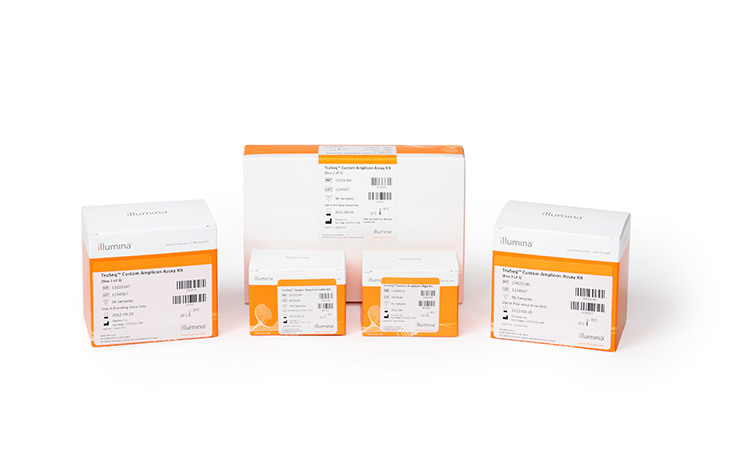

TruSight Tumor 26 Kit includes library preparation reagent set and uses next-generation sequencing (NGS) technology to provide a comprehensive assessment of 26 genes that are commonly related to mutations in solid tumors and somatic variants


TruSight Tumor 26 Kit include reagents to prepare for Library preparation samples, sequencing 26 genes relating to solid cancer, variant of soma in NGS – Next Generation Sequencing of Illumina


Model: Nextseq 550
Manufacturer: Illumina/USA
– Is the only sequencing system capable of deploying applications running sequencing and reading microarray biochips
– New generation DNA sequencing system using synthetic sequencing technology: Sequencing by Synthesis – SBS
– The whole process of gene sequencing is conducted on the surface of flow cells, convenient to use and easy to manipulate.